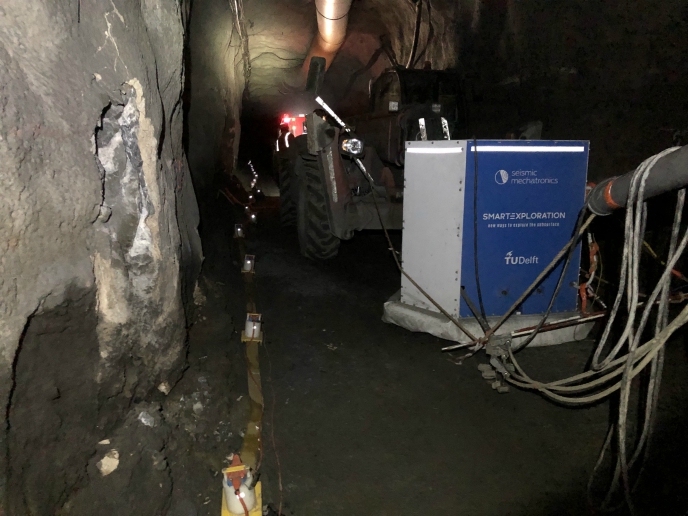Motion planning for virtual entities
Originating from studies in robotics, automated motion planning has recently found applications in computer games, as well as in maintenance planning and safety training in industrial computer-aided design (CAD) systems. In such virtual environment applications populated by numerous entities, it is essential that the simultaneous motion of coherent groups of moving entities rather than individuals is computed in real-time. For this purpose, researchers within the framework of the European project MOVIE developed an innovative approach to motion planning for groups of virtual entities, modelled by a deformable shape. To avoid excessive motion computing time, individual entities are kept inside the deformable shape with the use of a newly proposed technique, called group potential fields. Combining the global motion of the group's shape with the internal motion could lead to the desirable coherent group motion. An extension of the widely used Probabilistic Roadmap (PRM) planning technique was used to construct a roadmap of all the possible motions of the deformable shape. Covering the entire configuration space of possible placements of the coherent group of virtual entities, the roadmap could then be queried to find the desired path. Moreover, in its simplest form, the motion-planning problem would require a collision-free path to be computed between the starting and final position. The inclusion of alternative routes, taking known obstacles and objects (like building walls and doors) into account when creating the roadmap, permitted adaptation to dynamic changes in the complex virtual environment. Experiments revealed that after only limited pre-processing, these techniques and corresponding algorithms offer an efficient numerical solution to group motion queries in almost real-time.







